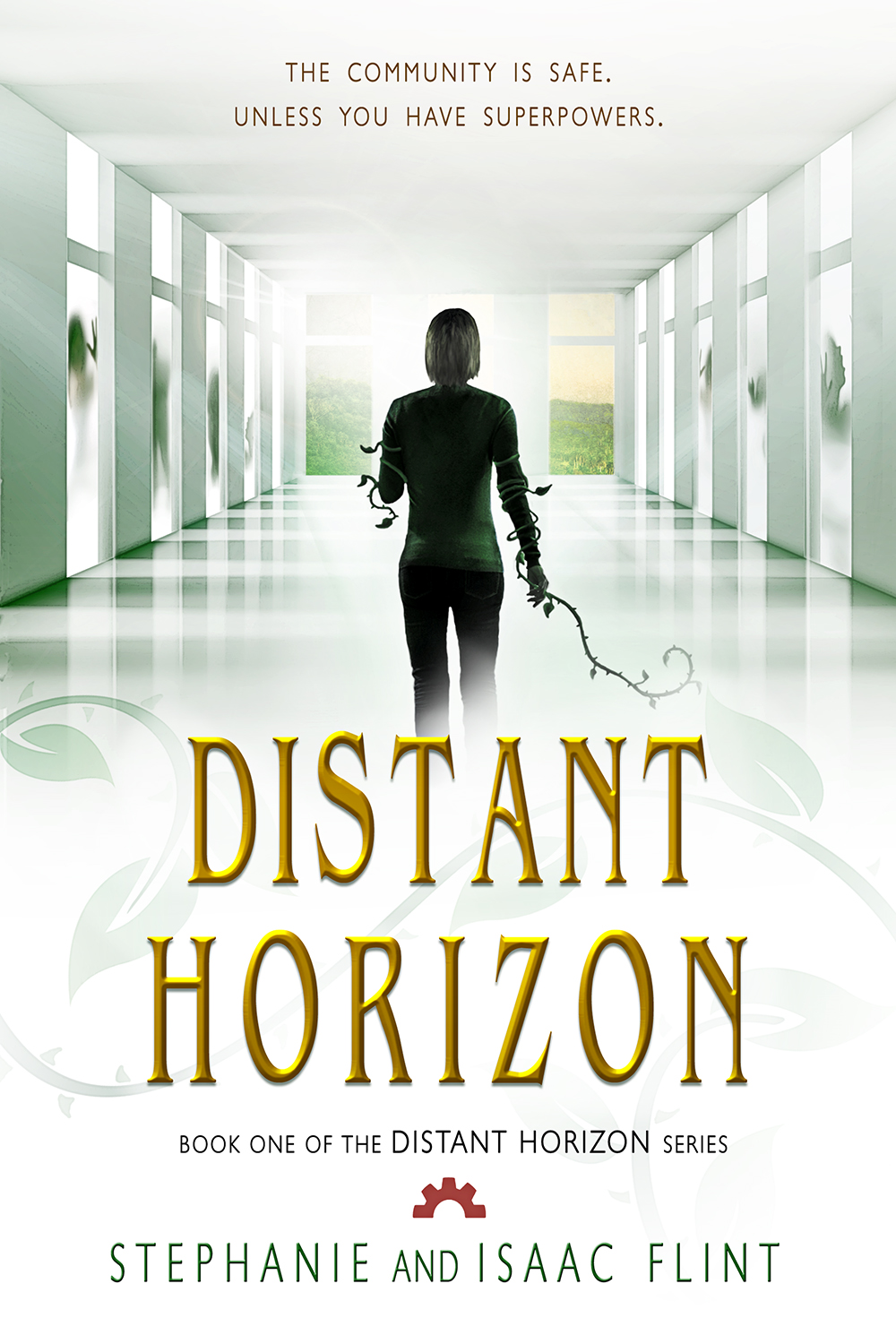First day of the new year, and time for a status report. 🙂
Magic’s Stealing: I’m currently working on promoting Magic’s Stealing. Primarily, I’ve been looking to get this book into local bookstores (Three nearby stores currently carry copies of the book. Woot!) The next step is holding book signings to raise awareness of the book’s existence. I’m also planning to hold a Goodreads give-away, so look for that to come soon. Isaac and I intend to get a P.O. Box so we don’t have to use our personal address when sending out copies. We may also start a newsletter once we get the P.O. Box address (since newsletters require a mailing address be included).
The Shadow War: While I haven’t made much progress writing the second book of The Wishing Blade series, I have gotten quite a bit plotted for both the second and third books. My hope is to finish editing what I already have written, then write both the end of book two, and the parts I already know of book three (or at least create a detailed outline).
The Multiverse Chronicles: Trials of Blood and Steel: Our beta-reader has given us comments on the first six episodes, so I’m ready to make the polishing edits to those episodes. I’m almost finished editing episode seven. Once we release Battle Decks, we’ll also start releasing this series. In the meantime, I’m trying to get ahead with writing these episodes. Isaac and I have discussed releasing each episodes on Friday (on their own separate blog page), thus taking place of these Friday blog posts. The goal is to give me more time to get an episode edited each week.
Battle Decks: Trials of Blood and Steel: Isaac and I recently reviewed our proof copies of the basic and deluxe editions. We’ve sent a few questions to The Game Crafter regarding printing, and in the meantime, we’ve got a few ideas about improving the rules document for clarity. We also decided to go ahead and make the rules document a booklet after shuffling through six separate pages, which was proving to be a real pain. It may still be a while before we release the game for sale, but we want this game to be polished as possible. Also, if all goes well, we’re hoping to demo this game at a new, local convention in February. More on that later, once we’ve solidified the details. 😉
SBibb’s Photographic Illustration: I’m plugging away on covers as usual, and I’m going to start writing the due dates in a planner to keep track of when I need to start each proof to get them completed by the preferred time.
Beta-reading: I have a book I’m beta-reading for a friend in the writing group I attend, and this is going much slower than I expected (partially due to all the recent holiday activity). On the bright side, I’m taking a few vacation days in January, so that should give me more time to read and make notes, and I plan to include reading time in my planner as well.
Distant Horizon: At this point, Isaac and I feel that the basic story is complete. It’s been through many different beta-readers, and we’ve let it sit while working on other projects. I’ve recently started working on basic formatting for this particular story, with the intent of looking for typos and minor grammatical issues. We don’t expect to release Distant Horizon just yet, and we don’t currently have a projected release date. However I want to start working on proofing, since I know that takes awhile. Depending on how well that goes, the release date may be sooner or later. The front cover is complete, however, with only a few minor changes expected.
Video Blogging: Back in October, Isaac and I started doing video blogs with readings from my stories. If you haven’t already, check out the Infinitas Publishing Youtube channel to listen to chapters of Magic’s Stealing and various short stories.
That’s it for now. I hope you enjoyed this post. 🙂








